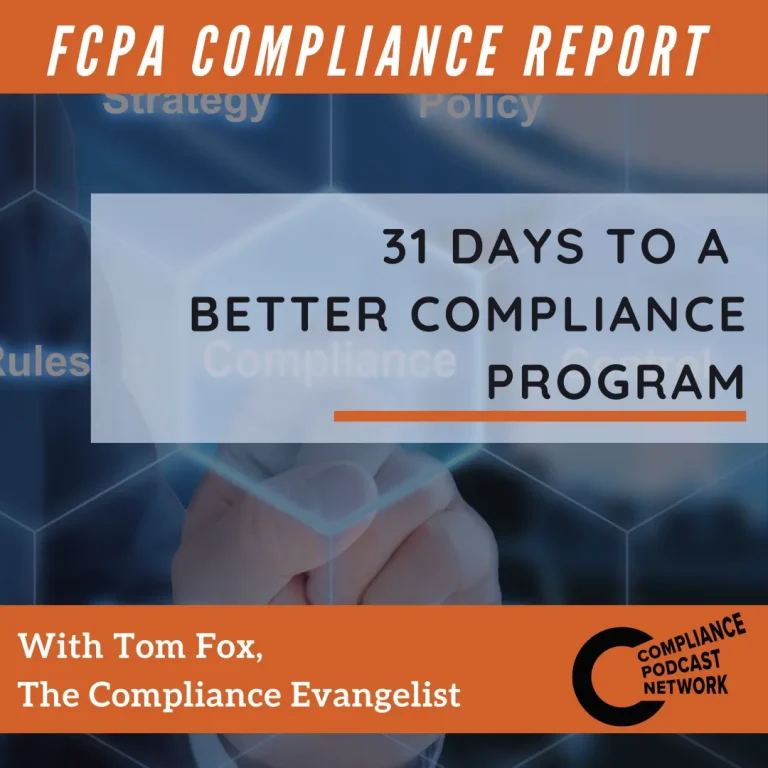Advancing ethical culture through psychological safety can be a powerful tool. But how can you determine the state of psychological safety in your organization? Once again using the article “Fostering Ethical Conduct Through Psychological Safety” as a starting point, “there are a number of things organizations can do to make it more likely that people will speak up when they observe unethical behaviors.” But one key is psychological safety, defined by co-author Edmondson as “a shared belief held by members of a team that the team is safe for interpersonal risk-taking” — or, put another way, that “we can say what we think” or “be ourselves around here.”
There is a non-siloed nature of psychological safety at the workplace. Ethics, risk management, legal and compliance functions, plus HR all share an interest in fostering such an environment. This mandates a cross-functional approach as an essential requirement of molding an organization’s culture to include psychological safety. The authors believe, “Managers throughout a company must become aware of the blind spots created by a psychologically unsafe environment, along with the associated risk of underreported misconduct.” They also caution that a formal program such as a reporting hotline “may capture only a fraction of the problematic behaviors that occur.” This leads the authors to posit that gauging psychological safety “may help companies determine whether misconduct is being reported and, in turn, enhance the effectiveness of their formal speak-up programs.”
The authors also confirmed a greater problem which is that “in a global context, psychological safety is not uniform across nations.” Survey respondents from “the Americas and Europe tended to score higher on psychological safety than respondents from Asia.” This suggests to the authors that “the potential effectiveness of tailoring interventions that promote speaking up in order to address the specific circumstances of different groups of employees.” Moreover, “global organizations that seek to build psychological safety must assess its various region-specific drivers and derailers to adjust their activities to specific seniorities and cultures.”
Three key takeaways:
1. How can you determine the state of psychological safety in your organization?
2. Psychologically safety at the workplace is non-siloed.
3. Middle managers are critical.
Do you want to improve your culture? How can you assess your culture and develop a strategy to improve it going forward? In this free webinar on the new tool, The Culture Audit with Tom Fox and Sam Silverstein on Tuesday, November 28, 12 CT. For more information and registration, click here.






